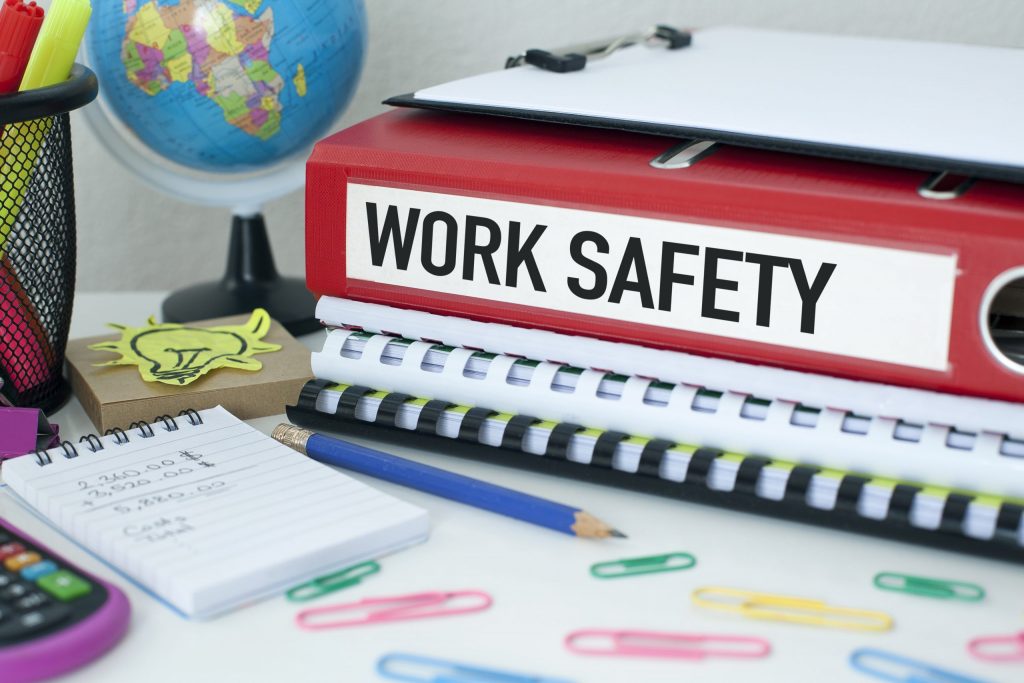11 THINGS EMPLOYERS SHOULD DO TO PROMOTE THE WORKER’S SAFETY
Safety is the state of being safe; the freedom from the occurrence or risk of injury, danger, or loss; the quality of averting or not causing injury, danger, or loss.
A safe and healthy workplace not only protects workers from injury and illness, but also has quite a lot of benefits like, it reduces absenteeism and turnover, increases productivity and quality, and boosts employee morale. Safety further lowers injury/illness costs. Generally, safety is good for business and it also, the right thing to do.
We need to note that the Workers’ safety is a constitutional right, under Article 41 (2) of the Constitution, the Constitution while speaking to every person’s right to fair labor practices, provides for the worker’s right to reasonable working conditions. Therefore, if the worker is not guaranteed a safe working condition, then the employer is contravening their constitutional right.
The Occupational Safety and Health Act No. 15 of 2007 addresses the way worker’s environmental conditions ought to be. The purpose of this Act, outlined under section 3, is to Secure the safety, health and welfare of persons at work; and to Protect persons other than persons at work against risks to safety and health arising out of, or in connection with, the activities of persons at work.
Under section 6 of the Act, it is the duty of every occupier to ensure the safety, health and welfare at work of all persons working in his workplace.
The following considerations are therefore essential for employers and occupiers to take into account when managing health and safety and assessing the risks in their workplace.
- The mandate to come up with a safety and health Policy
- The Organization, Planning and implementation of formulated policies
- Evaluation of the effectiveness of these policies
- Setting up Action for Improvement
- Controlling the risks
- Monitoring Accidents and follow-up Investigations
- Coordinating safety in Multi-employer workspaces
- Deciding who can help employers with their duties
- Consulting workers on their take on safety measures around them.
- Providing training, information and supervision
- Setting up First aid kits and Safety signs
The workers in collaboration with their employers can equally manage safety and health in a practical way by:
- helping the employers spot workplace risks
- providing proposals to manage and/or control these risks;
- making sure safety and health controls are practical
- increasing the level of commitment to working in a safe and healthy way
- following any instructions or safety and health training that the employers provide
- providing the employers with feedback on the effectiveness of their safety and health arrangements and control measures.
How can we assist you?
We can advise you on ways of managing workers’ safety in your business. Please contact us for our services at info@netsheria.com or visit our website at https://netsheria.com/ for more on our services.






